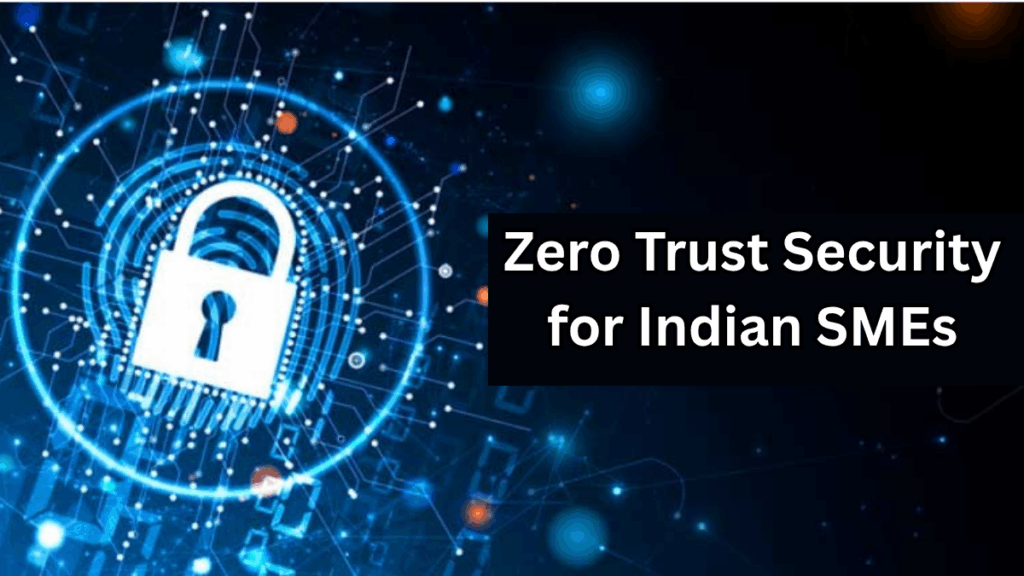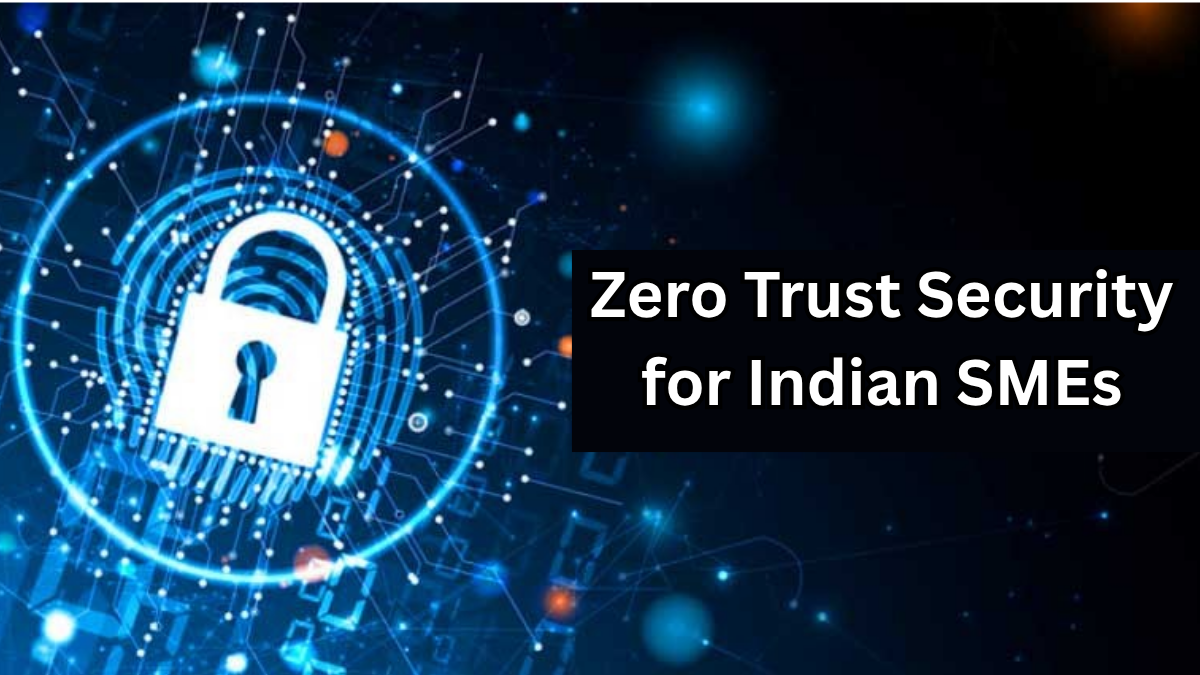In today’s rapidly evolving digital space, cybersecurity has become a make-or-break factor for businesses — especially for Small and Medium Enterprises (SMEs). As cyber threats grow more complex, adopting Zero Trust for SMEs 2025 is no longer optional but a strategic necessity.
This implementation roadmap will guide Indian SMEs in understanding Zero Trust and taking actionable steps to protect their systems, data, and customers effectively.

Why Should Indian SMEs Care About Zero Trust?
Indian SMEs are becoming prime targets for cybercriminals due to:
-
Limited IT budgets
-
Outdated security protocols
-
Increased reliance on cloud-based services
-
Growing remote and hybrid work culture
Zero Trust for SMEs 2025 isn’t just about technology — it’s a mindset shift. It assumes that no user, device, or application is inherently trustworthy, making it a robust defense against internal and external threats.
Core Principles of Zero Trust
To understand the implementation roadmap, SMEs need to know the core principles of Zero Trust:
-
Never trust, always verify – Every request is authenticated and authorized.
-
Least privilege access – Users get access only to what they need.
-
Micro-segmentation – Dividing networks to minimize the impact of potential breaches.
-
Continuous monitoring – Keeping a close watch on user behavior and network traffic.
Zero Trust Implementation Roadmap for 2025
Here’s a step-by-step implementation roadmap tailored for Indian SMEs:
| Step | Action Item | Purpose |
|---|---|---|
| 1 | Assess Current Security Posture | Identify vulnerabilities and high-risk areas. |
| 2 | Define Business-Critical Assets | Prioritize data, applications, and systems needing strong protection. |
| 3 | Implement Multi-Factor Authentication (MFA) | Add an extra layer of login security for employees and vendors. |
| 4 | Adopt Identity & Access Management (IAM) | Manage user access and enforce role-based permissions. |
| 5 | Use Endpoint Security Solutions | Protect devices like laptops, mobiles, and servers from attacks. |
| 6 | Leverage Cloud Security Tools | Secure SaaS and cloud platforms used by your business. |
| 7 | Enable Continuous Monitoring | Use AI-driven analytics to detect suspicious activity in real-time. |
| 8 | Train Employees on Cyber Hygiene | Human error is a major threat — awareness programs are key. |
Key Benefits of Zero Trust for SMEs
By following this implementation roadmap, Indian SMEs can:
-
Minimize the risk of data breaches
-
Improve compliance with regulatory standards
-
Enhance customer trust and brand reputation
-
Secure hybrid and remote working environments
Challenges SMEs May Face
While the benefits are clear, SMEs might encounter:
-
Budget limitations for advanced security solutions
-
Lack of in-house cybersecurity expertise
-
Resistance to change from employees
-
Integration challenges with legacy systems
However, adopting a phased approach can make Zero Trust for SMEs 2025 achievable without overwhelming costs.
FAQs
1. What is Zero Trust and why do SMEs need it?
Zero Trust is a security framework that assumes no user or system is trustworthy by default. SMEs need it to protect against increasing cyberattacks in a cost-effective way.
2. How long does it take for SMEs to implement Zero Trust?
It depends on the organization’s size and existing infrastructure, but a phased approach typically takes 6–12 months.
3. Is Zero Trust expensive for small businesses?
Not necessarily. With cloud-based security solutions and managed services, SMEs can adopt Zero Trust affordably.
4. Can existing security tools be integrated with Zero Trust?
Yes. Most modern Zero Trust strategies work alongside your current tools, making the transition smoother.
Click here to learn more
